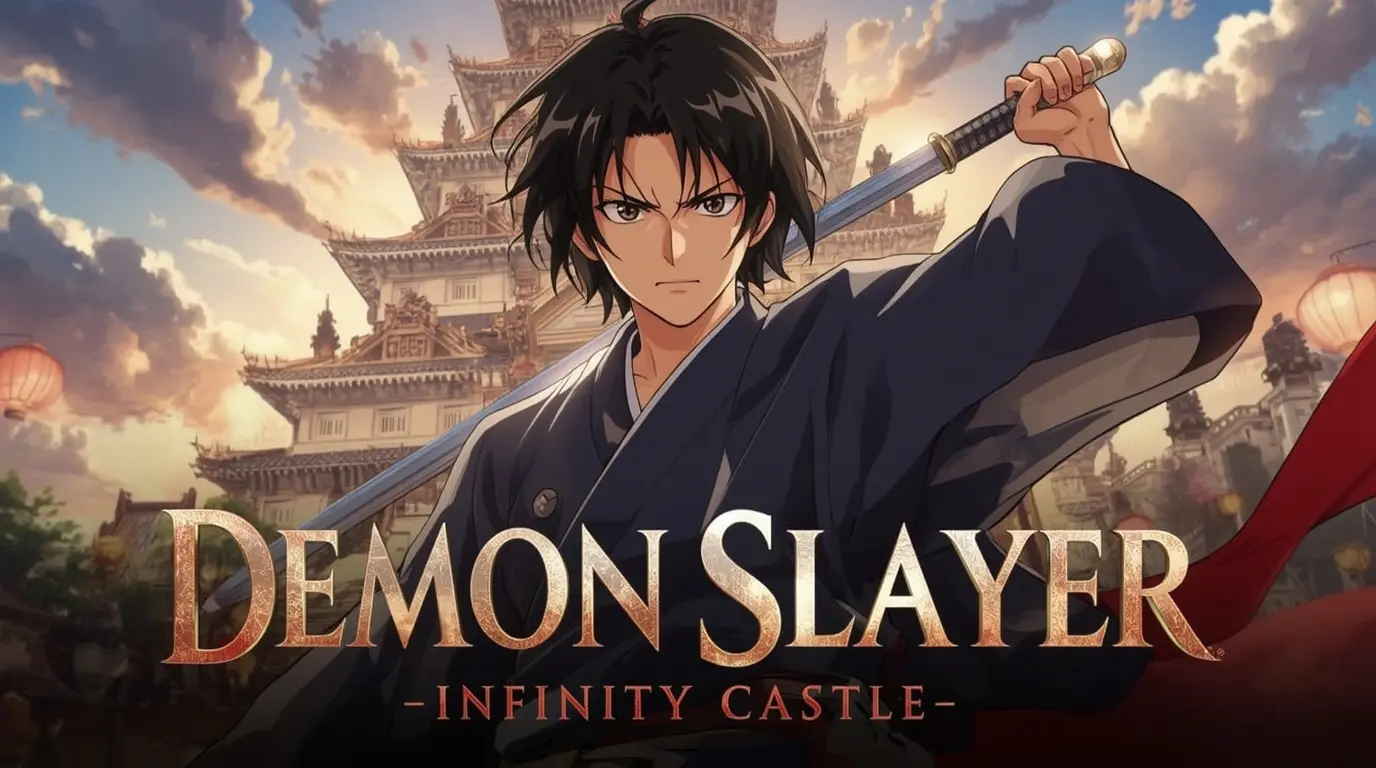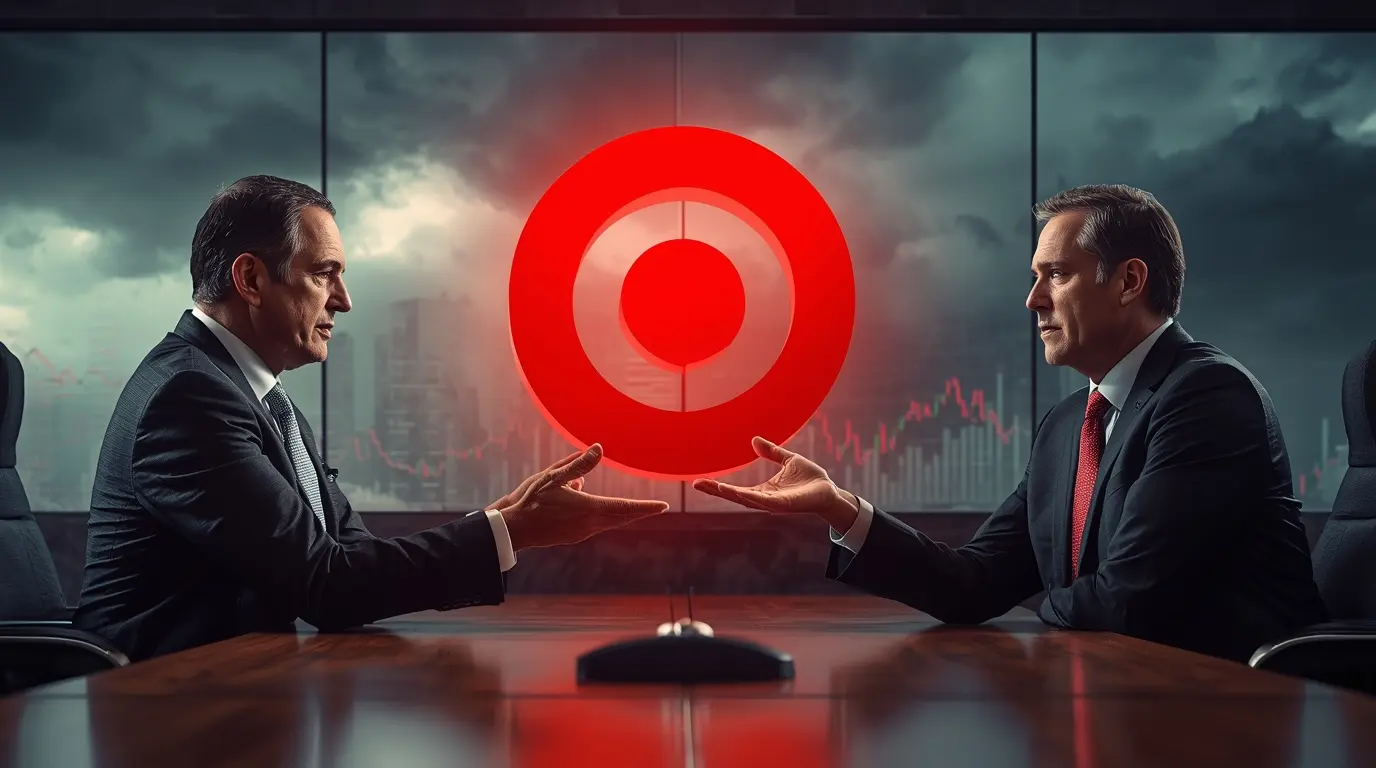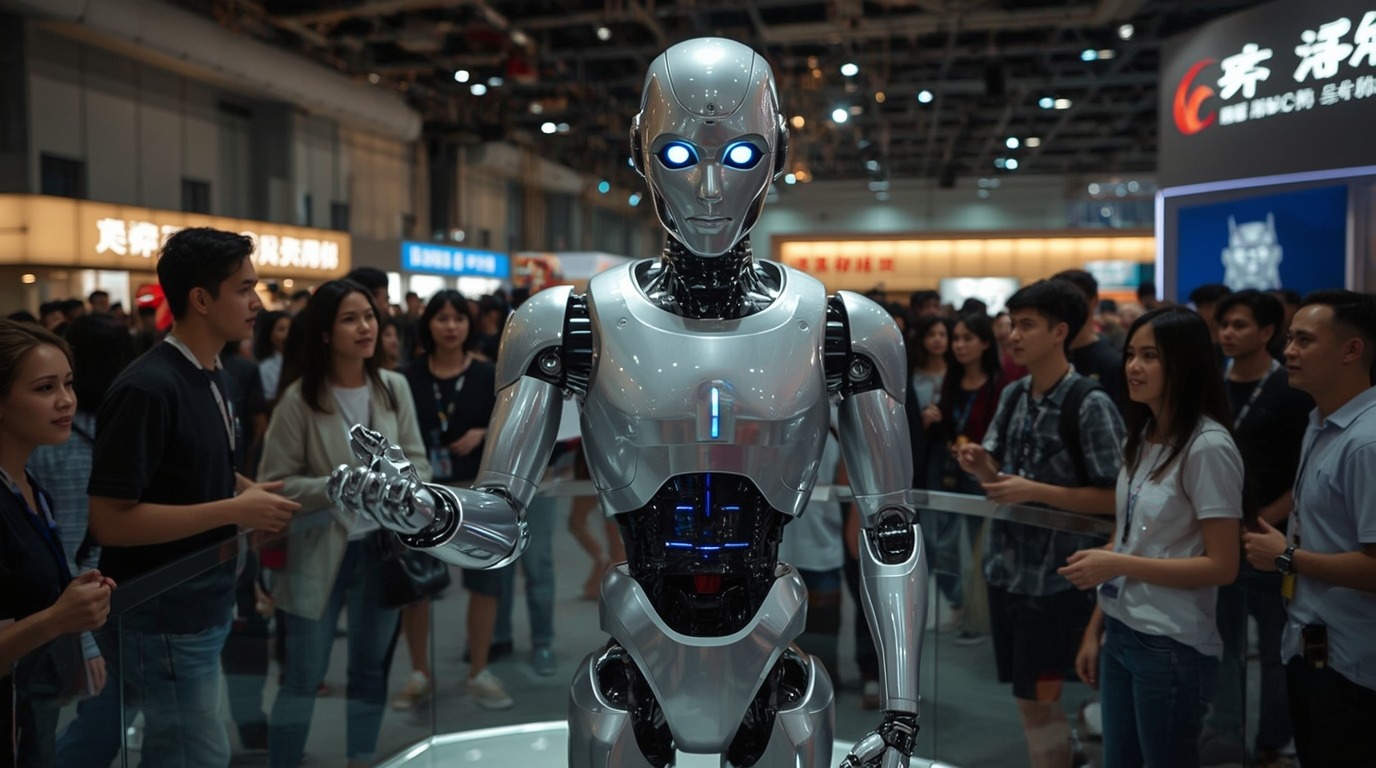Introduction
The animated film landscape feels different now thanks to the amazing success of Demon Slayer: Infinity Castle. It didn’t just do well at the box office—it completely reset what everyone thought Japanese animation could achieve. During the last two weekends, Infinity Castle topped domestic charts, holding off competition and breaking one record after another. Hollywood studios are paying attention, seeing that the genre they once called “steady but small” is now pulling in huge audiences. More than box office numbers, this film marks a moment in pop culture: anime is no longer a niche but a mainstream force that entertains fans all over the world.
Record-Breaking Box Office Performance
No anime film has delivered numbers like Demon Slayer: Infinity Castle in the last 20 years. It crossed the $100 million mark, hitting $104.73 million in the U.S. just nine days after debut, while the global box office climbed to $555 million. Those digits make it the highest-grossing anime film ever in North America, smashing the long-held record of “Pokémon: The First Movie—Mewtwo Strikes Back,” which stayed atop the leaderboard for 25 years with $85 million. The scale of Infinity Castle’s success isn’t just about setting new marks; it shows that audiences for hand-drawn, digitally built worlds are ready to show up in numbers usually reserved for superhero blockbusters.
The box office success of Infinity Castle is impressive when you consider normal anime film trends. Yes, it had a 76% drop after the record-setting opening weekend of more than $70 million, but it still pulled in $17.3 million in the next weekend to stay at the top. That shows the movie has strong legs after a huge initial fan rush, a common story whenever there’s a big franchise lead.
Worldwide, Infinity Castle is ruling sales in Asia, Europe, and the Americas. In Japan, where the film hit theaters on July 18, 2025, it has collected $221.6 million, topping 2025’s charts there and ranking as the second-highest earner in all of Japan. Nearby markets added to the pile, with South Korea contributing $35 million, Taiwan giving $9.8 million, and Hong Kong chipping in $10.6 million, for a total international tally that’s already at $450 million miles.
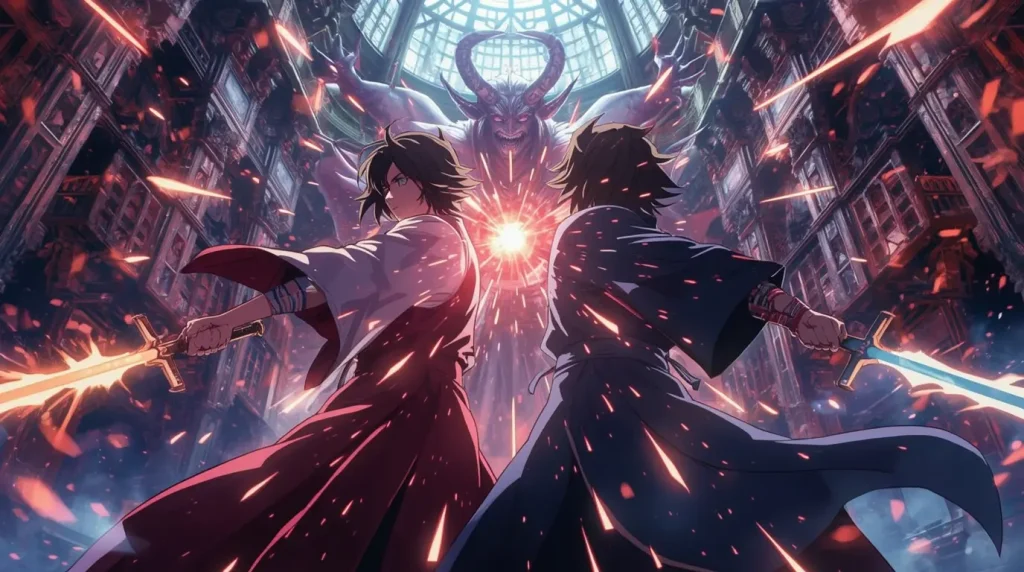
The Infinity Castle Phenomenon: Why This Film Resonates
The roaring success of Demon Slayer: Infinity Castle isn’t just luck; it’s a perfect blend of storytelling, craftsmanship, and community that’s drawn in fans from the very beginning. The Infinity Castle arc, drawing together plot threads and character growth that have spanned the entire series, finally brings the highs and lows of our favorite heroes to a boiling-point payoff. Arriving fresh from the pages of Koyoharu Gotouge’s unforgettable manga, this section of the story offers fans the kind of satisfying climax they’ve been counting the days for ever since the arc was first teased.
Technical wizardry underscores the movie’s achievement, revealing just how far anime craftsmanship can fly. Ufotable dedicated roughly three years to engineering the stunning 3D architecture behind the Infinity Castle itself. Inside the film, the castle is not a flat backdrop; it’s a living structure, a labyrinth of endlessly twisting hallways stitched together from millions of carefully digitally-architected tiles.
The whole thing threads into seemingly uninterrupted long takes that sweep you along as if you’re the one trespassing into this architectural impossibility. Pulling that off demanded serious rebuilds of studio pipelines, extra juice from the latest hardware, and a bold vision of the future, investments that will keep paying Dolby-gold dividends into the next chapters of the trilogy.
Critical response has been huge for the film, with a 98% approval rating on Rotten Tomatoes and a 69 on Metacritic. Reviewers love the stunning animation, the heartfelt story, and the jaw-dropping action scenes, though some felt the pacing lagged due to the many flashbacks. The Infinity Castle set-up has gotten special recognition for highlighting characters who usually get less screen time. Zenitsu and Akaza, in particular, get emotional backstories that become two main pillars of the movie.
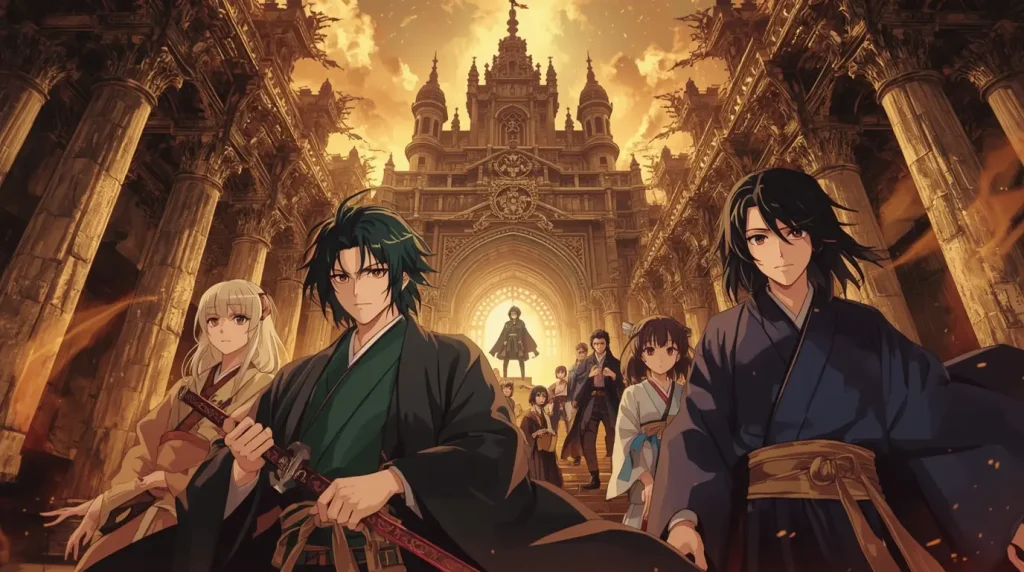
Generational Appeal and Cultural Impact
One of the biggest reasons Demon Slayer: Infinity Castle has broken records is its ability to connect with the youngest audiences. A January 2024 survey by Vox Media and Polygon found that 42% of Gen Z watches anime every week, proof that the genre has become a part of youth culture. The Infinity Castle movie has spoken directly to that fact, pulling in huge audiences of both Gen Z and Gen Alpha fans who see the Demon Slayer story as a cultural landmark.
Paul Dergarabedian, Comscore’s director of marketplace trends, said he believes “film executives and exhibitors ought to be optimistic that, if this becomes a regular pattern instead of a one-off event, another viable genre will be available to them when planning future theatrical slates.” The continuing, intense interest in Infinity Castle among younger moviegoers isn’t only fueling that title’s ticket sales; it’s also enlarging the overall anime footprint in the North American marketplace.
Infinity Castle is having an impact that the box-office charts alone can’t capture. The film is now a cross-platform event in its own right, with fans posting fan art, reaction clips, and theory panels across TikTok, Facebook, and Instagram. Thanks to this grass-roots campaign, the title has reached people who previously had only a casual curiosity about anime. The story’s mix of courage, familial bonds, and the struggle against nearly impossible odds is hitting people especially hard now, when communities, economies, and personal futures remain fragile in the wake of the pandemic.
Industry Context and Competitive Landscape
While Demon Slayer: Infinity Castle has kept moviegoers buzzing and the box office charts red-hot, its rivals have cooled off at the gate. Universal and Monkeypaw’s Him launched with $13.5 million, landing below forecasts even with Jordan Peele’s name on the flyer as producer. Warner Bros. Conjuring: The Last Rite snagged the third spot with a sliver less: $12.95 million. Lionsgate and Focus Features’ The Long Walk and Downton Abbey: The Grand Finale shared a fourth-place tie at $6.3 million each.
The weekend box office netted about $75 million altogether, a drop from last year’s $83 million for the same weekend. Put beside those numbers, Infinity Castle’s continuing climb looks even shinier. The film is pulling crowds at a time when overall attendance is still recovering from the past few years, proving that strong storytelling still has box-office muscle. Its success tells the industry that even with headwinds, a captivating film can still reel in the cash and spark conversation.
Worldwide, Demon Slayer: Infinity Castle has left Hollywood movies in the dust, earning $555 million at the box office. By comparison, other recent Hollywood titles like Him and A Big Bold Beautiful Journey brought in only $400,000 and $4.5 million overseas, respectively. This gap shows that Japanese animation is pulling ahead, while traditional American blockbusters lose ground in several key regions.
The Trilogy Format and Future Implications
Infinity Castle is the first of a three-part movie trilogy that wraps up the Infinity Castle arc from the original Demon Slayer manga. The studio is following the same playbook it tested with 2020’s Mugen Train, which already cleared $500 million globally before the credits rolled. The announcement to spin the final arc into three films came in June 2024, right after season four had finished airing. Fans and analysts alike see this strategy as proof that theaters, not streaming, are still the first choice for Demon Slayer sights of big story events.
The Infinity Castle Trilogy breaks away from your usual anime formula by letting Ufotable build full movie-length showdowns whenever a battle blows up on screen. Packing three movies lets the studio mix movie-level budget with the flowing plot of a TV season, so every swing, fire, and minute-long breath still makes sense inside a story that, by rights, should be too packed with fights to breathe. The trilogy, so far, is not just another pretty series; it’s a bold gamble that, if the next two movies maintain this standard, could rewrite every production plan we see floating around anime boards and investor pitches.
That gamble pays dividends now that it’s in theaters. Sony Pictures and Crunchyroll—they so famously rep manga tubes to the theater seats, not just the screens on your phone—are looking at box office numbers that probably didn’t show up on the projector before release.
Sony just caught what amounts to the stealth top hit of September, dwarfing most of its September live-action releases. Crunchyroll, on the other side, sees that the “go live in cinemas first, maybe we’ll preload to streaming later” gamble is not just still on the card; it’s flipped a full house. The box office cash and packed IMAX showings are a marketing speech in themselves, with each tweetable moment served up at production, distribution, and streaming desks.
Critical Analysis: Cinematic Experience vs. Faithful Adaptation
Even though Demon Slayer: Infinity Castle has raked in box-office records, the film has sparked lively debate over how to take long-running manga arcs and cram them into a two-hour theater experience. Some reviewers argue the pacing stumbles, revealing how the serial structure of the original source shape invites awkward bumps in a single-view experience: relentless action gets halted for brief to heavy recaps, character souvenirs, and introspective beats.
This storytelling method is a hallmark of shonen manga. Across episodes, the downtime between major fights mirrors the weeks between TV drops, lighting the fire of anticipation. On the big screen, though, what used to feel like delicious suspense turns into jarring brake-checks for audiences hoping the movie will keep the accelerator pressed to the floor. Elements that keep the pacing leashed feel, instead, like anchor drops. Halfway through the runtime, Infinity Castle finds a smoother gear: the fight between Tanjiro and Giyu tears into Akaza with a relentless, expanded flashback that slots neatly into a single, turbocharged scene rather than stuttering along shaky, nostalgic stops.
Even with its pacing quirks, Infinity Castle is hailed as a jaw-dropping visual achievement, proving Ufotable is at the top of its game. The studio’s signature mix of CGI and hand-drawn animation invites you straight into the action and lifts the original manga to a new level. Every single frame is a work of art. Heartfelt character moments flow right into massive, jaw-dropping fight scenes, letting the emotions ride the same wave as the choreography. The Infinity Castle itself practically breathes; its constantly shifting corridors and towers feel like a character, adding an otherworldly, yet monumental, atmosphere.
Conclusion: A New Era for Anime Blockbusters
Demon Slayer: Infinity Castle is rewriting the rules for anime films in U.S. theaters. The movie didn’t just debut to a jaw-dropping $70 million; it stayed strong at the box office for weeks, proving that a hand-drawn epic can keep attracting fans long past opening night. This giant success has changed how distributors, theaters, and filmmakers think about the genre, breaking the psychological ceiling and opening the door to even bigger anime movies in the future.
The box-office triumph of Infinity Castle shows that anime has moved past being a niche passion and is now core pop culture—especially for younger teens who drive ticket sales today and tomorrow. As film analyst Paul Dergarabedian put it, it’s “somewhat unprecedented” for an international anime feature to dominate domestic BO like this. The Infinity Castle wave is likely to persuade studios to bump more anime titles from streaming-only to big-screen releases.
Being part one of a planned trilogy, Infinity Castle sets an ambitious pace that sequels now have to match. Since the digital toolset and production pipeline are already in place, future segments inside the castle can be put together faster, leaving studios the option to create even wilder action and visual flourishes. The trilogy has become more than the climax of Tanjiro’s personal tale; it’s a signal that anime is maturing into a yearly big-event cinema brand.
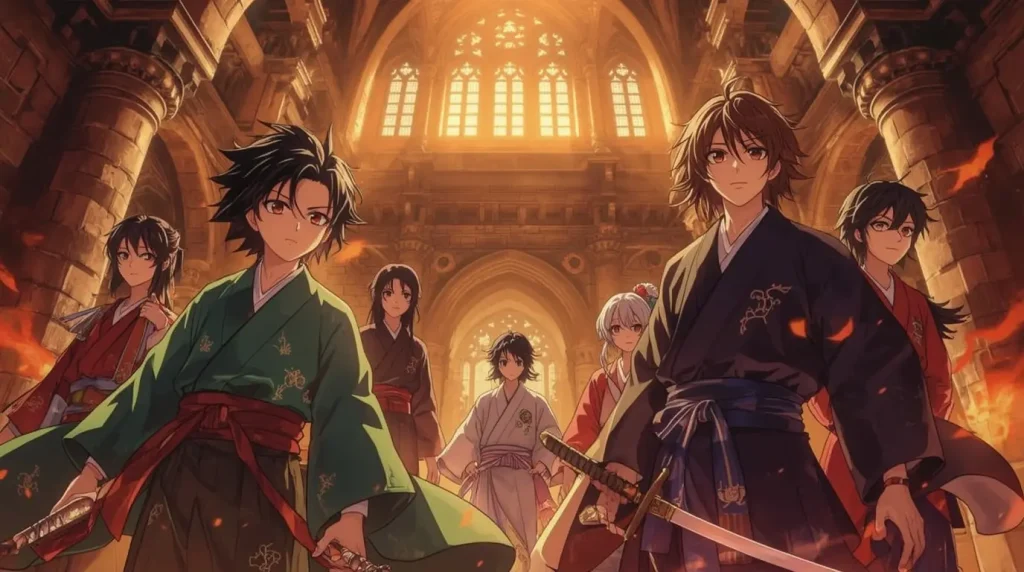
The mind-blowing success of Demon Slayer: Infinity Castle shows that the worldwide audience for anime is now much bigger than even experts thought. As Infinity Castle keeps packing theaters—and gears up for home viewing—the real headline will go beyond sales figures. Its biggest legacy will be how it changes the way Hollywood, streaming giants, and even international broadcasters view the heights anime can reach when it plays around the globe.
Source: https://edition.cnn.com/2025/09/21/business/demon-slayer-infinity-castle-anime-box-office
For more incredible stories of everyday news, return to our homepage.

